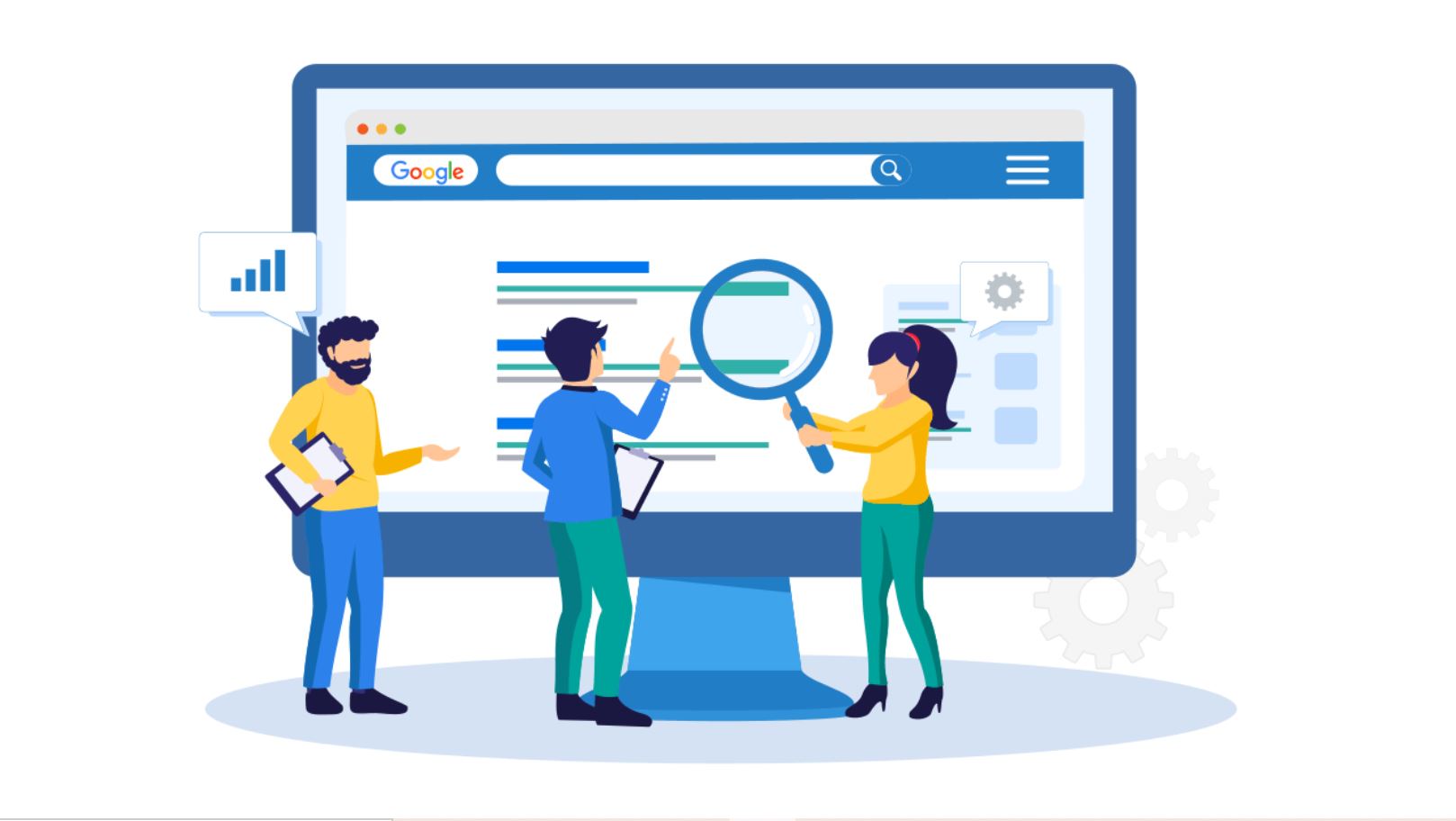
SEO is the digital marketing strategy you should focus on if you want to rank your website on top of organic search results. Professional marketers will agree that you need to start with on-page optimization when it comes to SEO.
On-Page SEO is optimizing individual web pages to rank higher and earn more relevant traffic in search engines. It is multifaceted and covers more than just a webpage’s content, as it refers to both the page’s content and HTML source code that can be optimized.
Here are seven effective ways to do on-page optimization on your landing page from the top digital marketing company in Los Angeles, Cybertegic:
- Write high-quality and engaging content.
- Optimize your page titles.
- Optimize your meta description.
- Work on your headers.
- Use quality images.
- Optimize your page URL.
- Use internal linking.
1 – Write high-quality and engaging SEO content.
Content is what starts the connection between your brand and your people. But writing engaging content is not enough. You need to know how to write content that involves SEO.
SEO writing means creating content for both your target users and search engines. The page content is what tells your audience and search engines what your landing page is all about. So you need to pay attention and time to how you construct your landing page’s content.
Here are tips for writing your SEO content:
- Incorporate targeted and relevant keywords in your content naturally.
- Write your content with your targeted customers in mind.
- Make sure that your content is valuable, highly relevant, and substantial.
- Improve the readability of your content through the proper format.
- Add visual elements such as video to increase engagement.
2 – Optimize your page title.
When creating a title tag for your landing page, you need to pay extra time and attention. The title is the first thing search users read when your website appears on your search engine results. So you need to create a compelling and engaging title to attract more visitors to your website.
To create a compelling page title, you might want to consider these tips:
- Add your keyword. Make sure to place your keyword in front of your title tag, as this can be helpful when users are reading them.
- Keep the length. Keep your title tag under 50-60 characters. Remember that Google’s search results on the desktop can only show up to 70 characters on your title tag. While mobile search results can show up to 78 characters.
- Incorporate your brand. Add your brand name to the end of your landing page. This helps with brand awareness and can improve your page’s click-through rate.
3 – Optimize your meta description.
Meta description refers to the short page description that shows when your website appears on Google’s search results under the title tag. While it might not be a confirmed ranking factor, meta description helps engage and affect search users to click on your website’s link. This means that meta description has a direct impact on influencing the click-through rate of your website.
Here are a few tips:
- Keep your meta description under 160 characters. Even though Google can show up to 220 characters, mobile devices can cut it off at 120 characters.
- Make sure to include your targeted keyword naturally in your meta description.
- Use complete and compelling two sentences to engage with your online search users. Also, avoid using any alphanumeric characters.
4 – Work on your headers tags.
The website uses header tags so you can identify the headings and subheadings of your landing page’s content. Tags do not only help with the readability of the content but also help with your SEO ranking. Another way to optimize your header tags is to insert keywords in them so that they can send good SEO signals for your landing pages. Also, present your content information using the heading hierarchy from H1 to H6.
5 – Use videos on your landing page.
Statista forecasted that 83.3% of internet users in the United States will have watched digital video content in 2020. Hubspot also published a report stating that 54% of shoppers want to see more videos from a brand they like.
Adding video to your landing pages increases your website’s conversion rate because videos are better at engaging and explaining information about your brand or product. In fact, according to Optinmonster, videos get more than 66% of qualified leads per year, and video marketers achieve a 54% increase in brand awareness.
6 – Optimize your page URL.
Your landing page URL is another place where you can add a keyword to send signals about what your brand has to offer. The name and format of your URL can also impact the click-through rate of your landing page. Just make sure that the keyword you’re adding to your landing page is relevant. The exact keyword should also be found in your title tag, meta description, and your content.
7 – Use internal linking.
Internal linking is another factor Google uses to rank your website. Most marketers only pay attention to external linking when building links. But internal linking can help you pass the link equity of your landing page to other pages.
When creating internal links, add anchor text that includes more than just your keywords. Your anchor text should make it easy for users to navigate your website. It is also vital to create an optimal structure to build a pyramid.
Your link equity should flow through your entire website, increasing the ranking potential of your landing page.
Sources:
